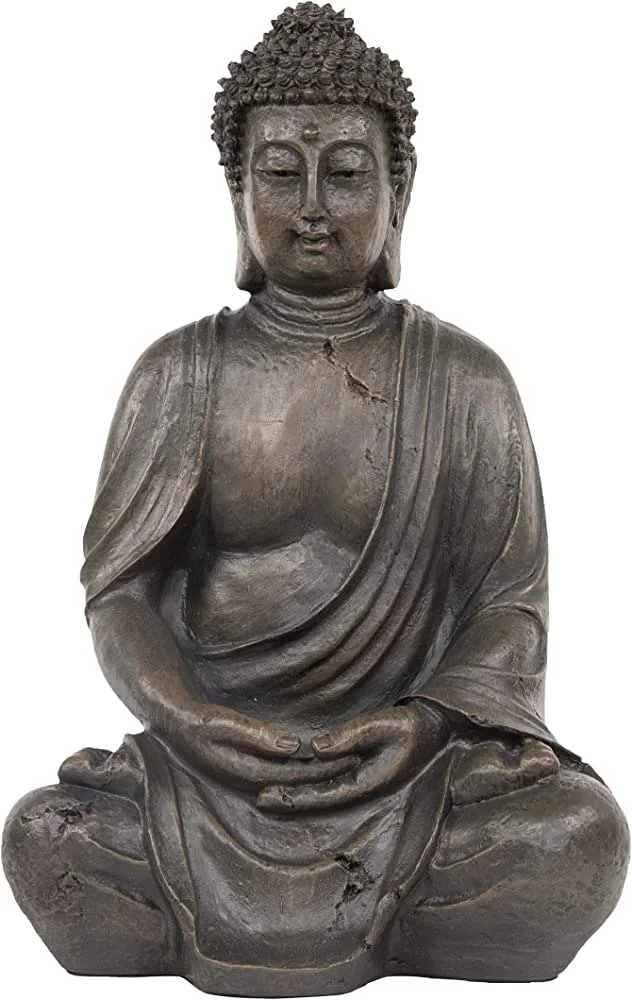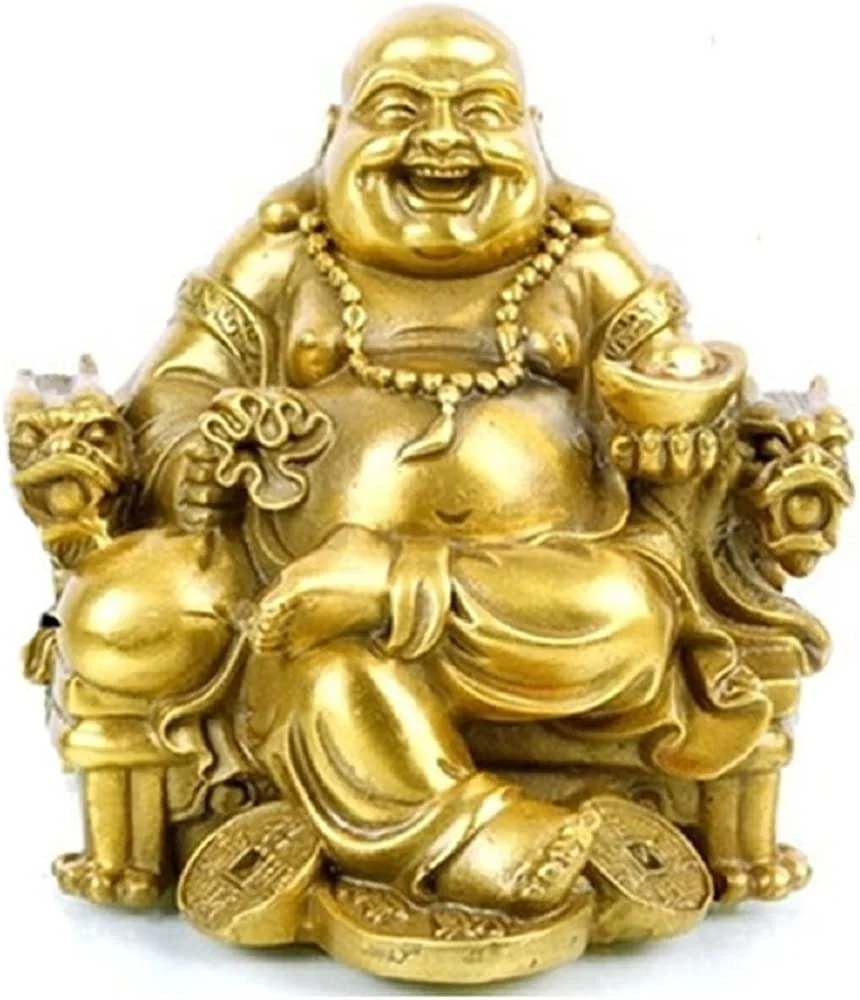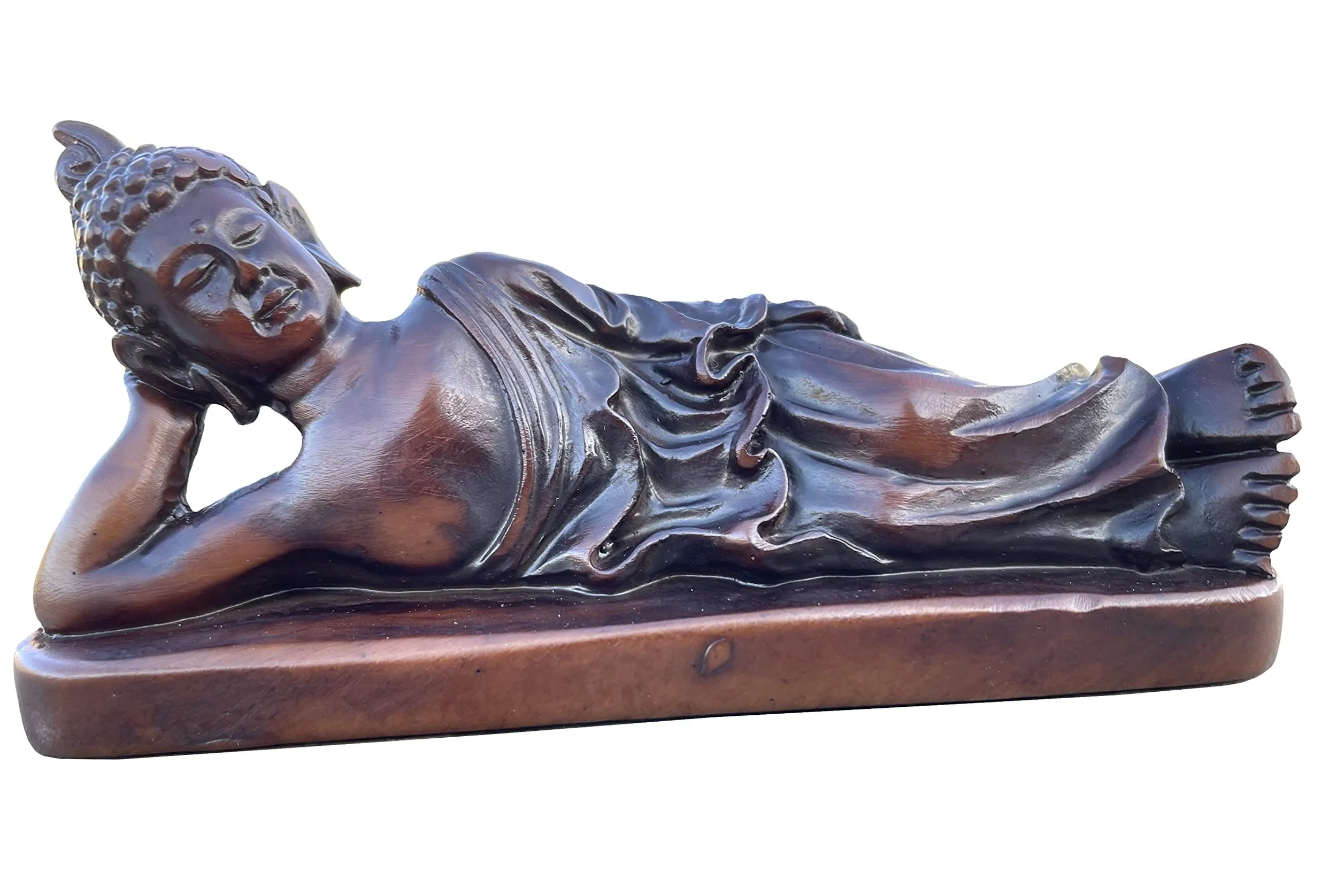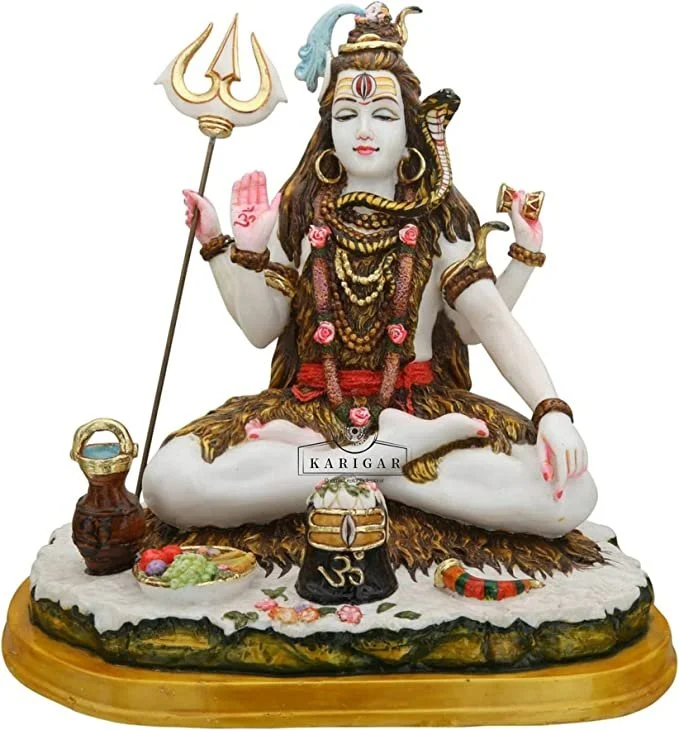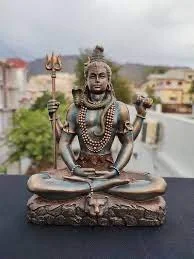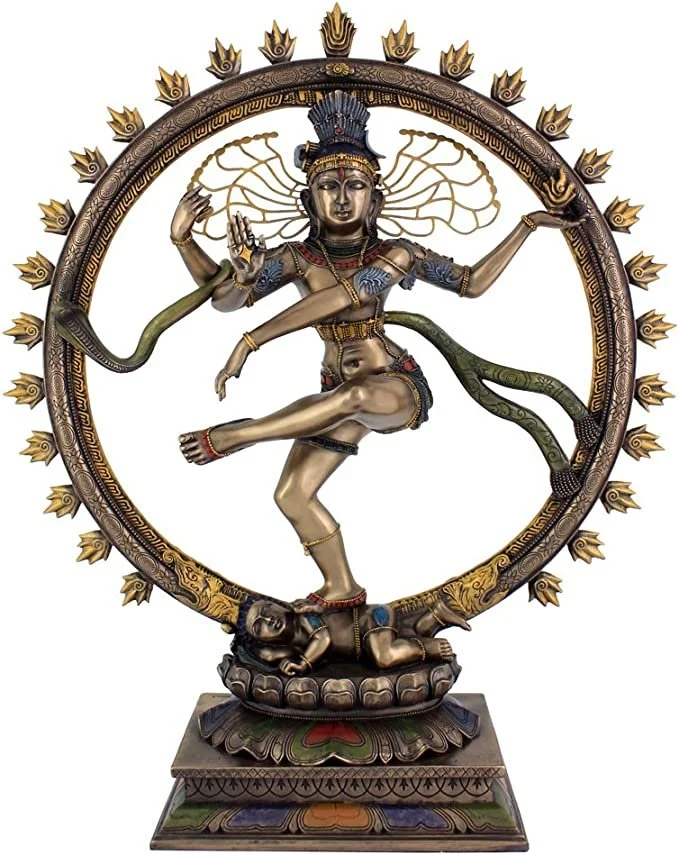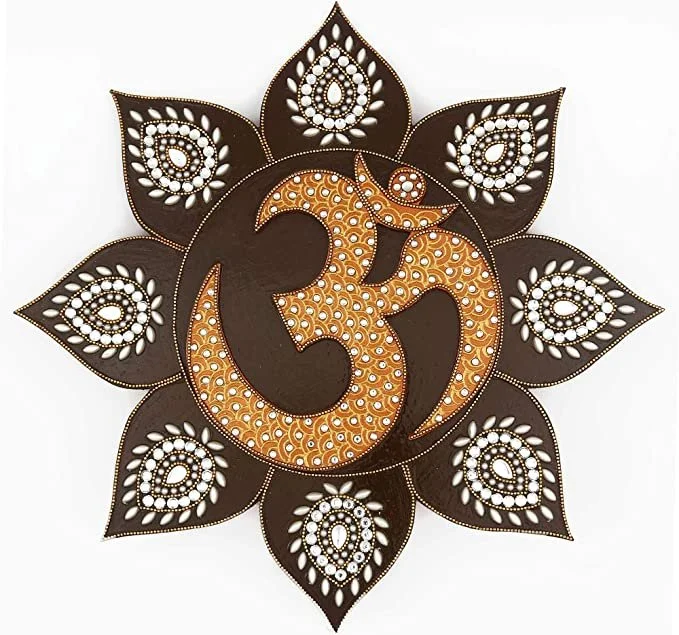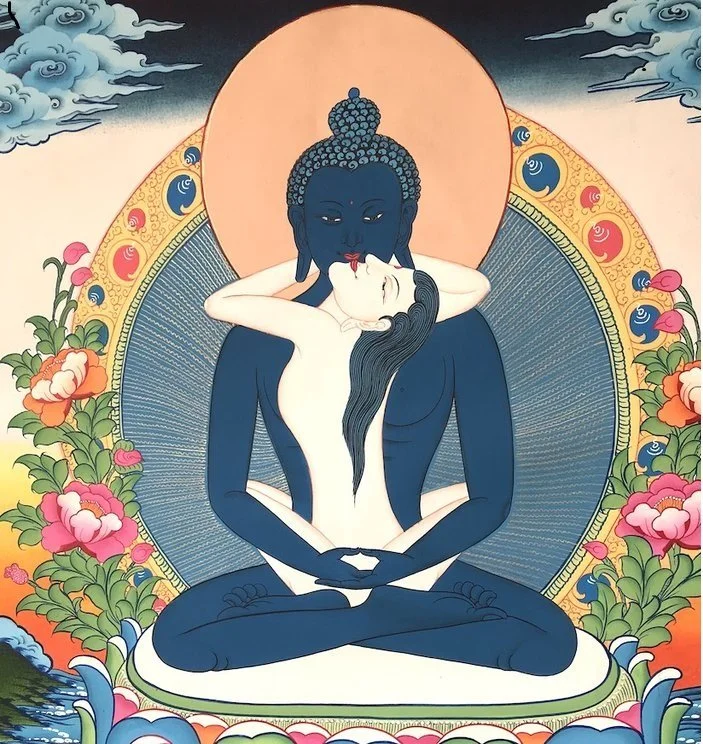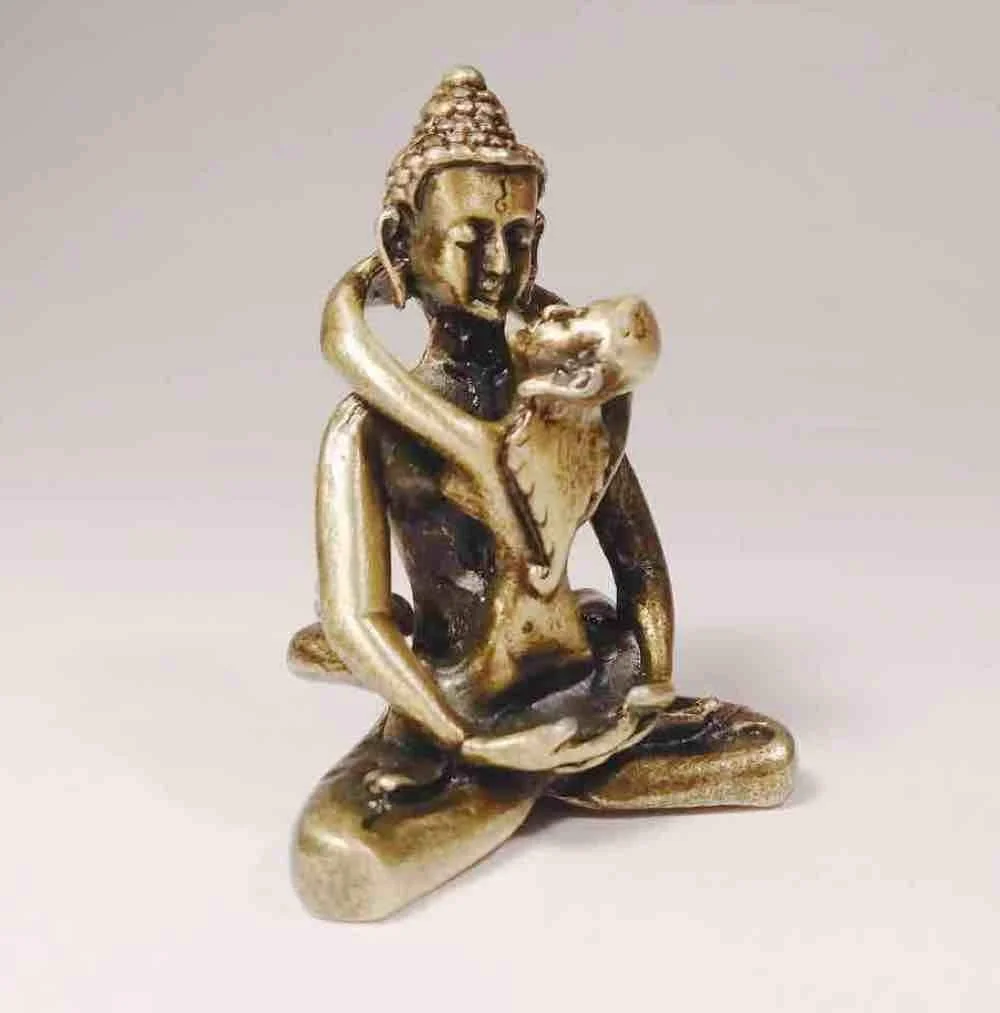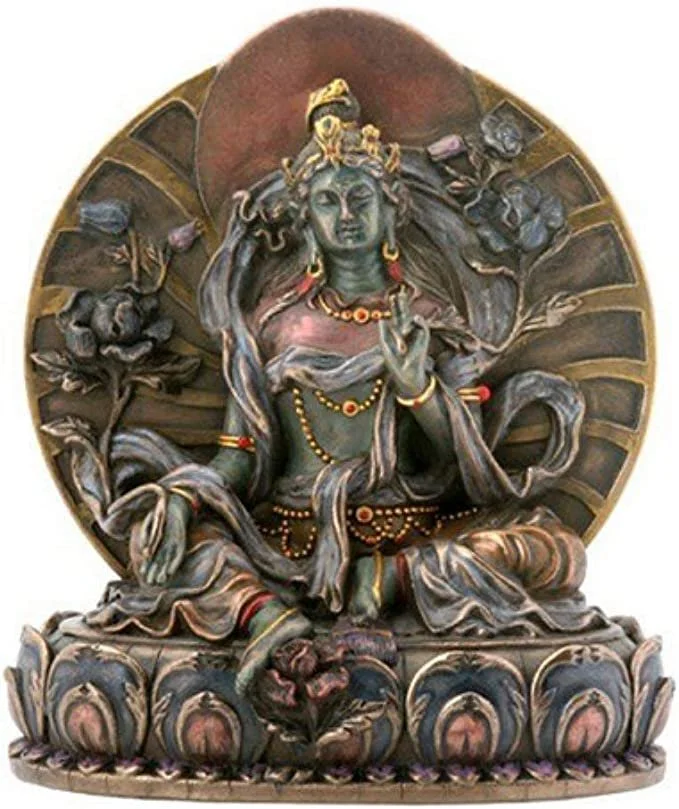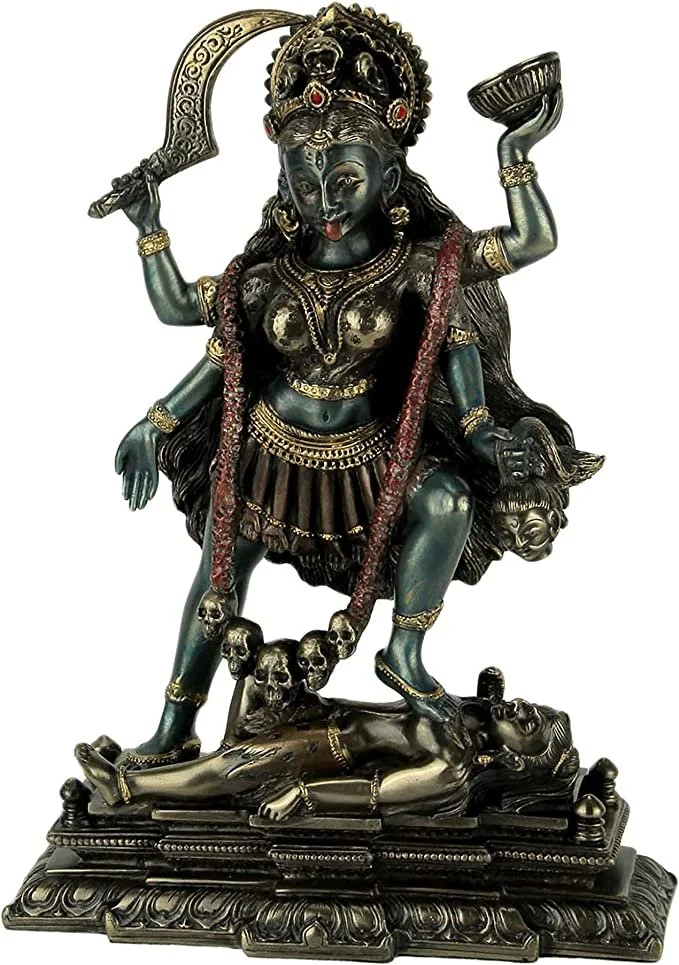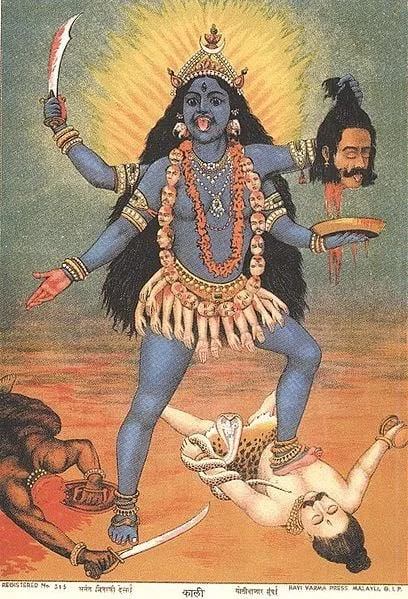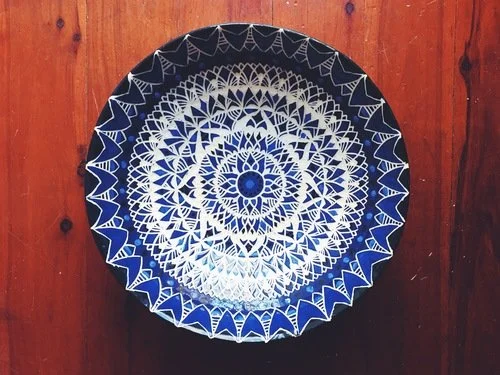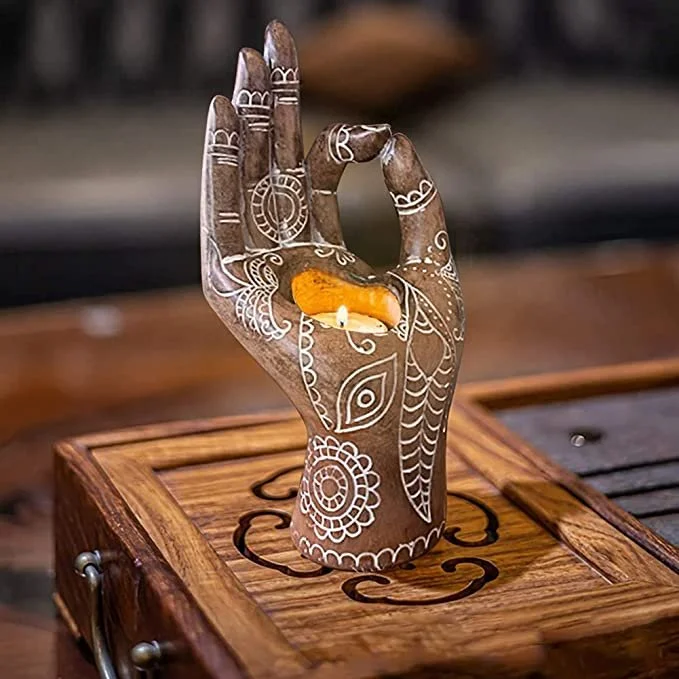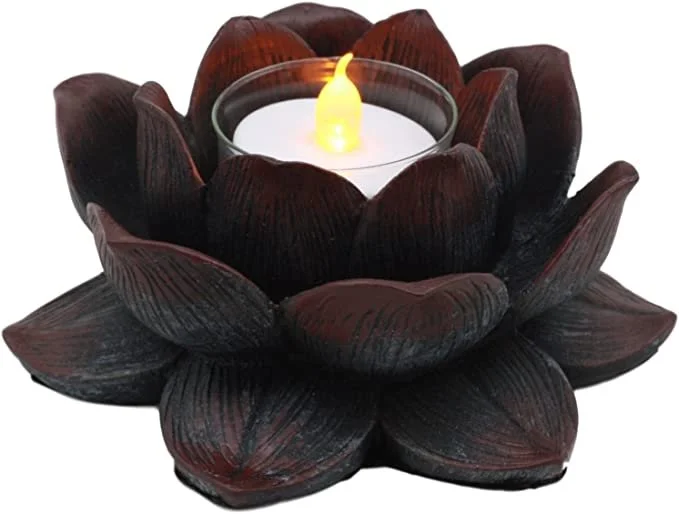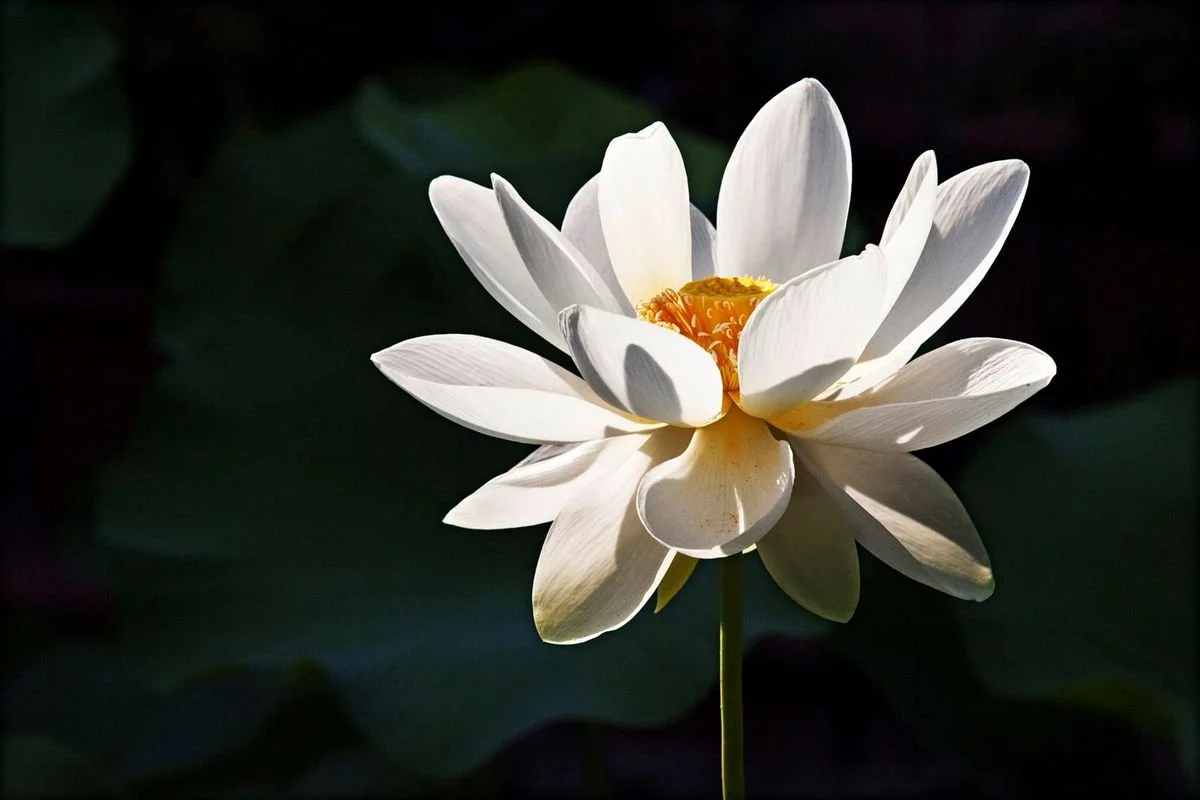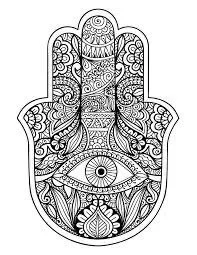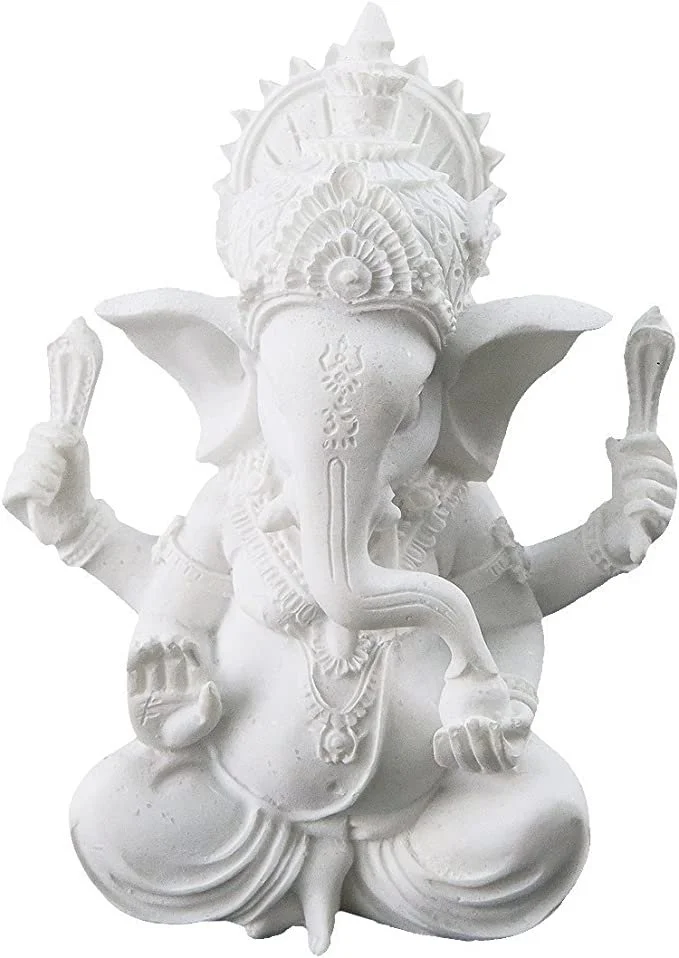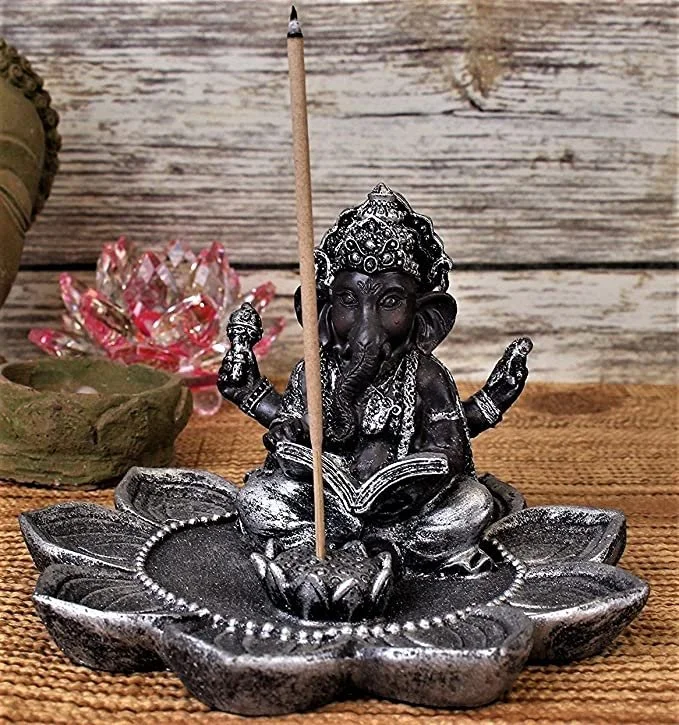Common Sculptures, Figures and Symbols in a Yoga Class.
What do they mean?
Ever wondered what the sculptures, figures or symbols you’ve seen in some yoga studio mean? Well I’m here to help. I have listed the most common ones you may come across, the reasons they are possibly showcased and to highlight they are more than just decoration.
If you, yourself are considering displaying these sculptures, figures or symbols it is important to note that for most they should never be kept on the floor, or in ‘dirty’ areas of the house such as the bathroom, toilet or kitchen and should be cleaned regularly to remove any dust.
Buddha
The Buddha is a great spiritual teacher who obtained complete Enlightenment. Yoga and Buddhism have a very special relationship where the two heavily influenced each other and many of the practices, wisdom, and beliefs are shared. Having a Buddha statue is believed to bring peace, energy, good health and prosperity. Many may also have a Buddha statue or art piece to show reverence and worship to his many teachings. Please note there are many variations of the Buddha, including the ones below that all have nuanced meaning to them.
Lord Shiva
Shiva is one of the main and supreme Gods of the Hinduism tradition. Lord Shiva has many other names and representations including the Original Yogi. In Tantra shiva is known as the conscious, immanent aspect of the Divine, the container for which Shakti (creation, energy made manifest) is able to dance. Shiva is also know as the creator, preserver and destroyer.
Having a Lord Shiva statue is believed to bring happiness, prosperity, wealth, wisdom and energy.
Dancing Shiva Nataraja
Lord Shiva is in the centre and as mentioned above represents the creator, preserver and destroyer and the ring around the figure is a flaming halo that represents the never ending cycle of time. There is a lot of symbolism in this statue the reason why some studios or devotees would have a Nataraja statue is to assist on the path of salvation and to help release fears, illusions and attachment to permanence.
Om
OM is believed to be the first syllable that emerged at the creation of the universe. It represents the universe as a whole and is chanted A-U-M. By chanting or having the image of the Om symbol, it represents ‘the truth of ultimate reality’ and union.
The symbol is sacred to the Hindu religion.
Tantric Union
The tantric union is between Shakti and Shiva. The two cannot be seperate, they cannot exist separately and are divinely non-dualistic. It represents the divine masculine and feminine energies within each and everyone of us, despite gender.
Tara
There is a lot of information out there about the Goddess Tara , taking us in slightly different directions and many will have their own reasons for having a Tara Statue. In some regards she has been used as a way of feminine and female inclusion, in other ways she represent purity, perfected wisdom, compassion and healing. There are 21 different Tara statues with slightly different meanings all from the Buddhism tradition. She is also believed to be the first feminist.
Kali
The Kali Goddess is especially rich in diversity and depth. Kali is the symbol of darkness and destruction and of Mother Nature. Believed to be the creator of the universe and the original Aum. Having Kali depicted in a statue represents the acceptance of deaths inevitability but also the richness of life and the fertility all around.
Tree of Life
The meaning behind the Tree of Life branches wide across many cultures and spiritual tradition, it serves as a metaphor for growth, evolution, and the interconnectedness of all beings. In essence, the tree of life encourages us to seek harmony within ourselves, and within others, and to appreciate the beauty and connection to all.
Mandala
The Mandala is a powerful symbol, with deep spiritual significance across many cultures. The word Mandala means ‘circle’ in Sanskrit and refers to a geometric design that is often circular in shape. They have been used for various reasons, including religious rituals, meditation practices, and artistic expression. In symbolism, the Mandala represents the universe, both the external and internal, so on a macro and micro level. The beautiful meaning also incapsulates the totality of existence, and the intricate patterns within the circle, represents the connections and rhythms of life.
Chin Mudra
The Chin Mudra is a hand gesture, commonly used in yoga and meditation practices. It involves bringing a tip of the index finger to the tip of the thumb, while keeping the other three fingers straight. The simple, yet powerful gesture has deep, symbolic, meaning, representing the unity of individual consciousness with divine or Universal consciousness. The Chin Mudra is often used to quiet the mind, stimulate focus and concentration, and a sense of inner awareness. It is also believed to help regulate the flow of prana, lifeforce energy, throughout the body.
Yin Yang
The Yin Yang is a traditional Chinese symbol. Ever heard of the saying, “there can be no light without darkness”? That is what this symbol is representing. It also represents the duality/polarity of opposite characteristics and shows they can exist in harmony and complement each other. The symbol also represents balance and that both aspects are just as important as the other.
Lotus Flower
The symbol of the Lotus Flower is rich in meaning and reaches many traditions and religions, including Buddhism, Hinduism, and ancient Egypt. The flower often represents purity, because when it rises from the mud it is left clean, it also represent spiritual enlightenment and rebirth. In yoga, chakras are represented by Lotus’s with each having a different number of petals.
Chakras
Chakras are energy centres within the body, known as wheels of energy. There are seven main chakras, running from the base of the trunk and upwards to the crown of the head. Each chakra represent a different body area as well as a different energetic body. For example, the sacral chakra represents our creativity, sexuality, and fertility, and our throat chakra represents communication and speech. It is believed having each chakra in balance will lead to spiritual enlightenment.
Hamsa
The Hamsa is originally from the middle east, and it is now widely regarded as a Jewish monument. In all faiths however it is known as the hand of God. It is believed that it will bring the owner or whoever where’s the symbol, good luck, health, fortune, and happiness.
Ganesha
Ganesha also spelt Ganesh has many other names, and originates from the Hindu religion. Along with all other Hindu artefacts, statues and paintings, it is rich in meaning. For example he sits on top of a large rat, this symbolises that he has overcome his fears, being an elephant, and for this is known as the remover of obstacles. It is believed worshipping Ganesha will help us to remove the obstacles that hinder us from knowledge, understanding, clarity, and success.
Still can’t find the sculptures, figures or symbol you are looking for or believe I’ve missed one feel free to email me a description or the name and I’ll be sure to add it.
Thank you for reading,
